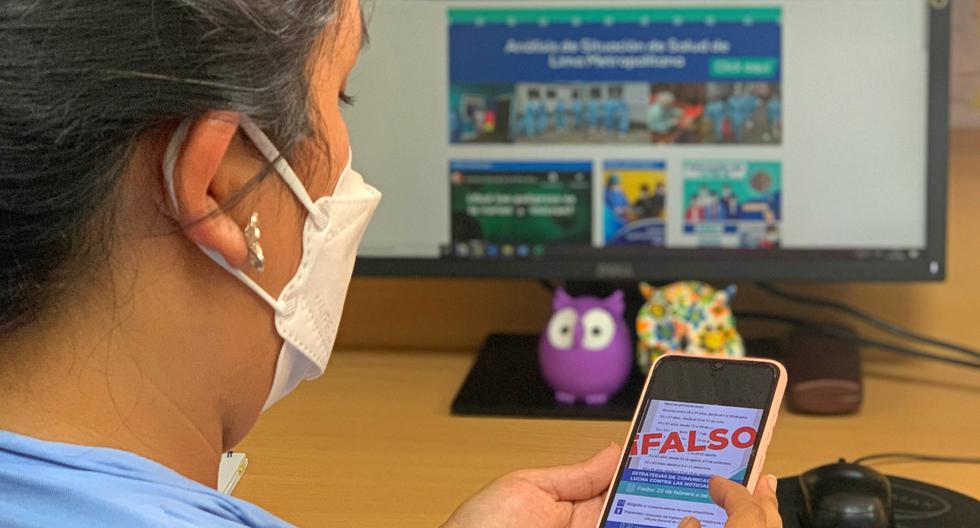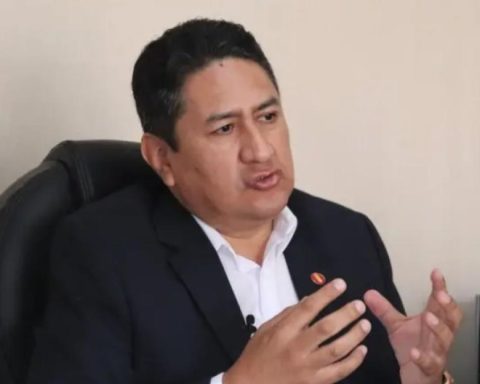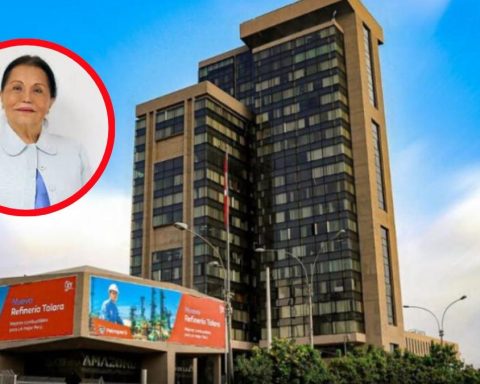The National Center for Epidemiology, Disease Prevention and Control (CDC Peru) of the Peruvian Ministry of Health (Minsa) provided five recommendations to the population to recognize false news about COVID-19 and other diseases, the same ones that are spread in different physical and digital platforms.
These are the five recommendations issued by the CDC Peru:
Check the source of the information carefully: The health authorities suggest verifying that the information comes from a Peruvian government entity such as the Ministry of Health and/or the National Center for Epidemiology, Disease Prevention and Control, which use various communication channels such as social networks, web portals or official declarations to the press
Read the entire note and not just the headline: The CDC recommends reading the entire story, in addition to the headlines and first impressions that can be found in the descriptions of the press releases or broadcast posts on social networks.
Analyze the context and corroborate the data: the public must verify that the data is again from an official source and analyze if it is created with the intention of informing and educating”or create panic and mistrust among the population about any disease”.
Do not feed the cycle of diffusion through social networks or messaging applications: At this point, the CDC recommends not forwarding or sharing a message of dubious origin, since false news generates mistrust between health personnel, specialists, and the person receiving the message.
Report fake news to health authorities: To prevent other people from falling into misinformation, it is suggested to report these cases to the Ministry of Health and the National Center for Epidemiology, Disease Prevention and Control.















